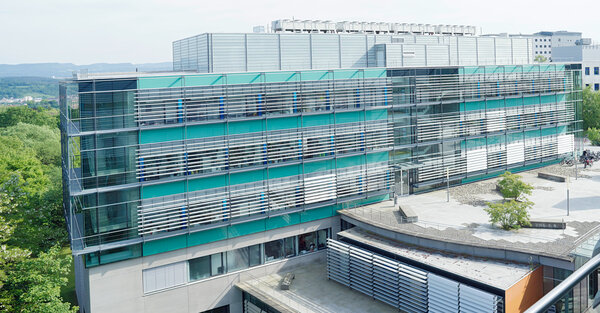The autosomal recessive spastic ataxia of Charlevoix-Saguenay– more commonly known as ARSACS – is a genetic neurodegenerative disease associated with severe movement disorders. It is most prevalent in the Canadian region of Quebec, but it also belongs to the most common early-onset ataxias in Europe.So far, ARSACS cannot be treated. An international research team headed by Prof. Dr. Matthis Synofzik from the HIH and Dr. Roberta La Piana from McGill University in Montreal, Canada, is now looking for biological parameters that will help to measure the progress of the disease. In the coming year, they will systematically collect and analyze blood samples and data sets from MRI examinations. It will be the world’s largest data collection for the disease and will establish a rich structural resource for future clincial ARSACS research. „We can only establish possible treatment strategies once when we have measures to exactly quantify the disease and its progression,” Synofzik says.










